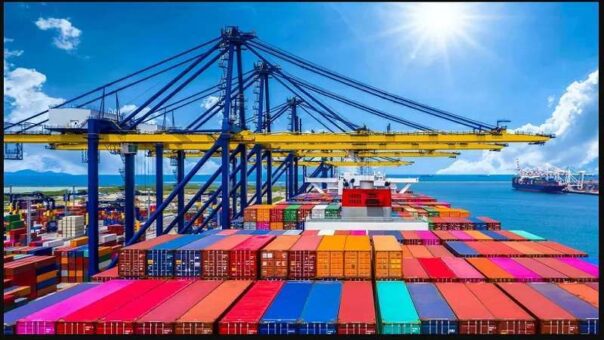Islamabad, April 1, 2024 – Official data released on Monday revealed that Pakistan’s trade deficit widened significantly by 56.30 percent on a year-on-year basis in March 2024, highlighting ongoing challenges in the country’s trade balance.
The trade deficit reached $2.17 billion in March 2024, compared to a deficit of $1.39 billion in the same month of the previous year. This increase in the deficit was primarily driven by a surge in the import bill, which rose by 26 percent to $4.726 billion in March 2024, compared to $3.755 billion in March 2023. Meanwhile, exports recorded a more modest increase of 8 percent, reaching $2.56 billion in March 2024, compared to $2.37 billion in March 2023.
The Pakistan Bureau of Statistics (PBS) also revealed that the trade deficit of the country narrowed by 25 percent during the first nine months (July – March) of fiscal year 2023-24. The trade deficit for the first nine months of the current fiscal year stood at $17.03 billion, down from $22.69 billion in the corresponding months of the previous fiscal year.
The significant reduction in the trade deficit over the nine-month period was primarily attributed to a decrease in the import bill, which fell by 8.65 percent. The import bill decreased to $39.94 billion during July – March 2023-24, compared to $43.72 billion in the same period of the previous fiscal year.
Conversely, exports exhibited a strong performance, growing by 9 percent during the same period. Exports reached $22.91 billion in the first nine months of the current fiscal year, compared to $21.04 billion in the corresponding months of the previous fiscal year.
The narrowing of the trade deficit reflects efforts to address imbalances in Pakistan’s trade dynamics. However, challenges remain, particularly regarding the country’s dependence on imports and the need to diversify and boost export sectors.
Policymakers and stakeholders continue to focus on initiatives aimed at enhancing export competitiveness, attracting foreign investment, and reducing the import bill through measures such as import substitution and industrialization.
Efforts to improve trade infrastructure, streamline customs procedures, and address structural bottlenecks are also crucial for sustaining long-term improvements in Pakistan’s trade balance.
As Pakistan navigates through economic challenges, including those posed by global economic uncertainties and geopolitical developments, fostering a conducive environment for trade and investment will be essential for driving economic growth and achieving sustainable development goals.
